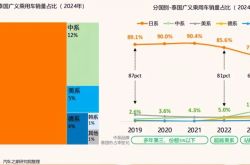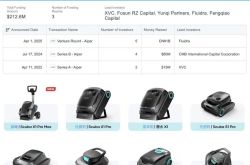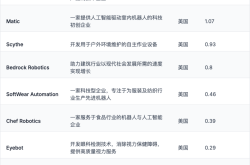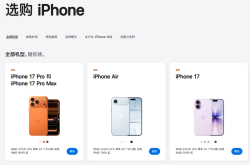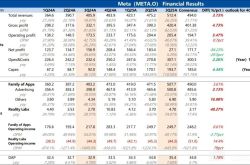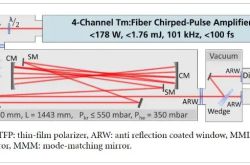Tesla's Robotaxi: A Performance or a Revolution?
![]() 07/01 2025
07/01 2025
![]() 807
807
Author | Yang Lu, Yang Yuke Editor | Li Guozheng Producer | Bangning Studio (gbngzs)
As Tesla's product-level innovation stagnates, ripples have emerged in the field of autonomous driving.
On June 28, 2025, a Tesla Model Y departed from the Texas Gigafactory and, after traveling 15 miles, arrived at the apartment of its new owner in South Austin, using autonomous driving throughout the journey.
This is the world's first autonomous delivery of a vehicle. Tesla CEO Elon Musk announced on X that this is an important milestone in autonomous driving. "There is no one in the car, nor is there a remote operator controlling it. It's completely autonomous," he wrote.
Tesla subsequently released a video showing the journey of the Model Y from the Gigafactory near Austin Airport to the apartment building on South Lamar Boulevard. The direct drive between these two locations is approximately 15 miles and takes about 30 minutes.
The Model Y chose a more circuitous route - it traveled along Interstate 35 at speeds below 70 mph before turning onto Woodward Street and crossing South Congress Avenue.
The video shows that the Model Y was running Robotaxi software and then switched to the Full Self-Driving (FSD) system. However, currently available Tesla models do not have true autonomous driving capabilities, and both FSD and Autopilot require human supervision and intervention in case of issues.
On that day, Austin enjoyed sunny weather, and the Model Y successfully navigated highways, exits, pedestrians, various city streets, and the entrance to the apartment building.
On X, Tesla fans praised the demonstration as an enlightenment and proof of Tesla's shift towards autonomous vehicle technology. One user wrote, "If this doesn't prove that unsupervised FSD is ready for primetime, I don't know what will."
Another netizen said, "This is a milestone that profoundly redefines the human experience of time and space."
But whether this is a unique technological demonstration or will become a frequently used transportation system near Tesla factories - where Tesla produces vehicles in Austin and Fremont, California - remains to be seen.
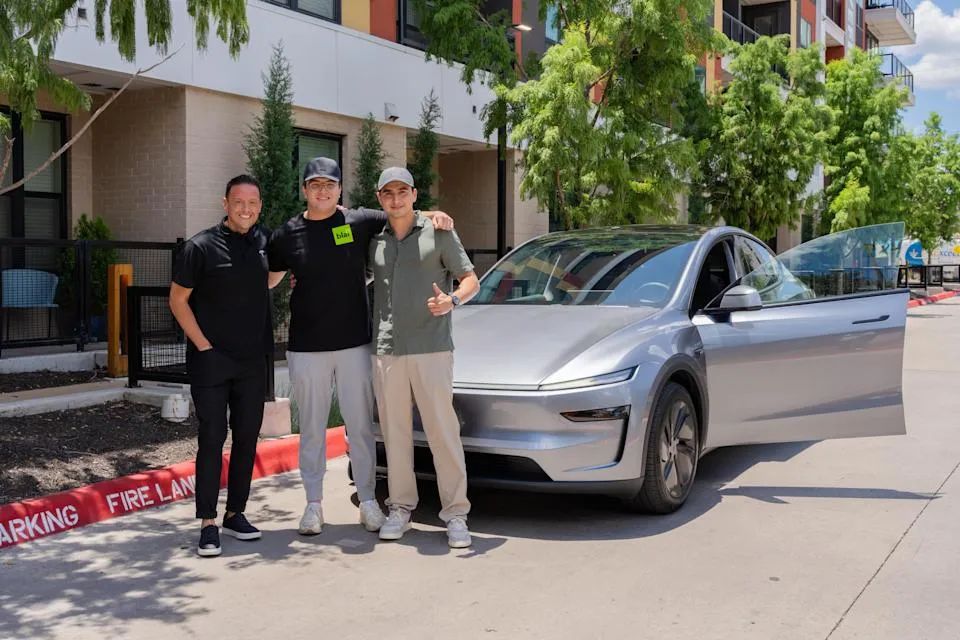
Tesla's Robotaxi Controversy Continues
Tesla's FSD is now available on Robotaxi - the culmination of Musk's 10-year dream. He posted on social media, "The AI chip and software teams started from scratch, and 10 years of hard work have finally led to a pinnacle achievement."
Back in 2016, Musk planned to launch a million autonomous taxis. But by 2025, when Tesla's Robotaxi was actually on the road, the initial fleet consisted of fewer than 20 vehicles.
The vehicles used in this trial operation were not Tesla's CyberCab, specifically designed for driverless taxis - a model without a steering wheel or pedals - but rather the mass-produced 2025 Model Y. Moreover, it is not yet available to all users, with only a few invitees participating in the experience, and the operating area is limited to Austin, Texas, with a safety officer still present in the passenger seat.
This move is seen by some as another milestone in autonomous driving. However, during actual driving, there have been many "scary moments" - the system exhibits instability. As of now, there have been several accidents involving the trial operation vehicles, including unexplained emergency braking and a concerning failed left turn.
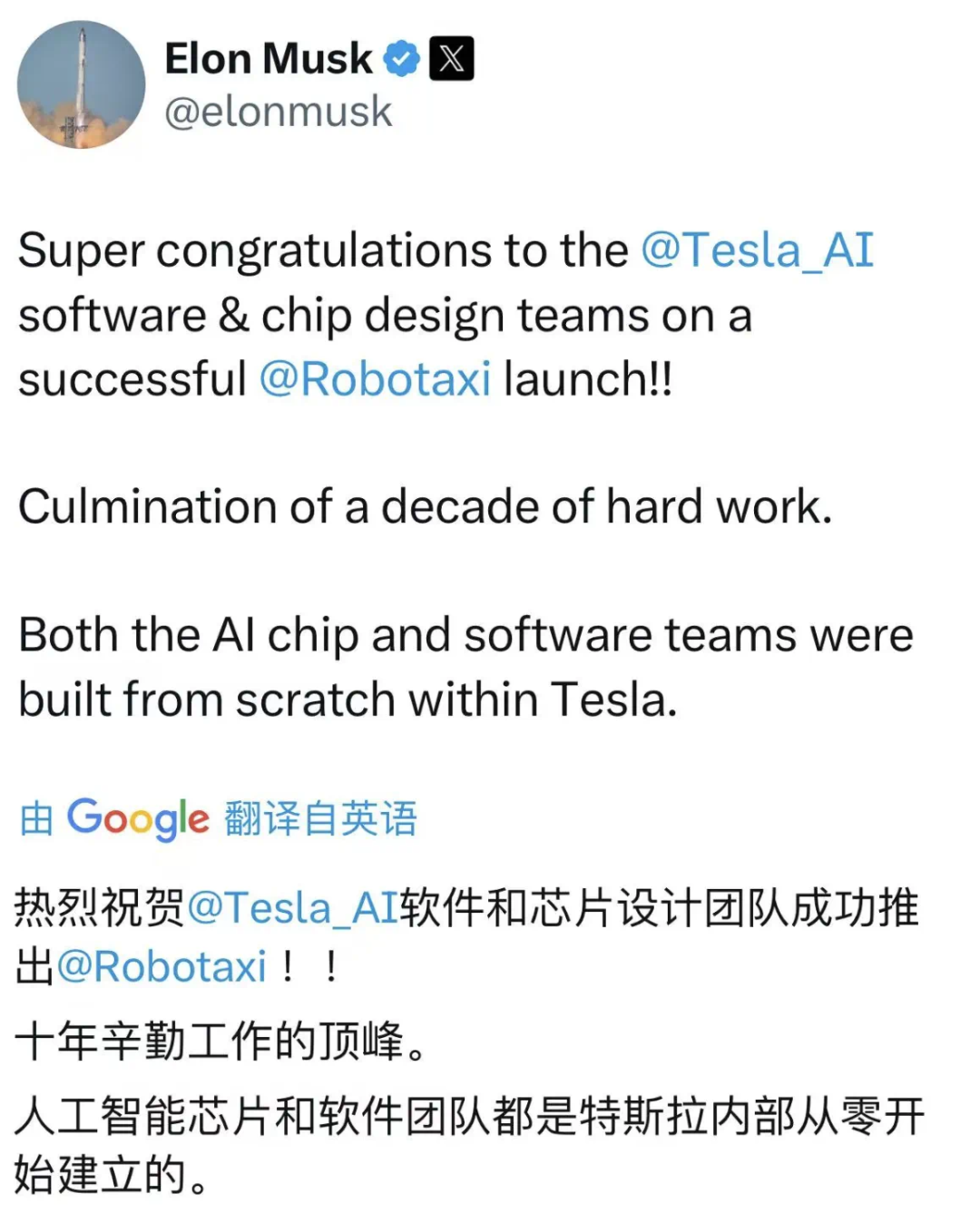
In China, Baidu's autonomous taxi subsidiary Luobo Kuaipao, WeRide, Pony.ai, and others have already started Robotaxi trial operations, extending their reach to multiple cities. From this perspective, what is the significance of Tesla's Robotaxi launch? Can it truly usher in a new era for autonomous driving?
A decade has passed in the blink of an eye, and Tesla's autonomous driving technology has continued to evolve. However, there are still many issues surrounding FSD and Robotaxi services.
Firstly, it is unclear what would happen if an FSD-driven Tesla malfunctions or has an accident during the journey. Would remote intervention occur, or would Tesla have to deploy a human driver to help recover the vehicle, just as it deploys safety supervisors in the passenger seats of its Robotaxis?
Secondly, since Tesla's autonomous driving system relies on cameras and artificial intelligence rather than lidar or other sensor suites, it is unclear what its delivery and operating radius will be when it leaves the factory, or what will happen in inclement weather.
Thirdly, it is unclear how such deliveries comply with local (and possibly upcoming federal) regulations, or who would be held responsible in the event of a collision or other accident. Like other autonomous vehicles on the road, it is also uncertain how other drivers or even emergency personnel would "communicate" with it.
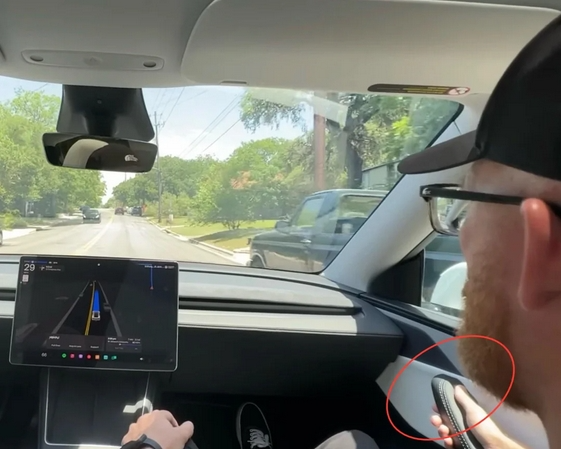
Driverless Vehicles Are Still Far Away
Zhu Xichan, professor at Tongji University's School of Automotive Studies and director of the Institute of Automotive Safety Technology, believes that Tesla's launch of Robotaxi does not represent much, and true driverless vehicles are still far away. Moreover, China and the United States are increasingly converging in technological capabilities in this area.
"In the Robotaxi race, Waymo and Baidu are about the same; in assisted driving for mass-produced vehicles, Tesla's FSD is comparable to Huawei's Kunlun Intelligent Driving," he told Bangning Studio.
In terms of hardware, Tesla's FSD uses HardWare 4.0 with a computing power of 720 Tops, and it is expected to upgrade to HardWare 5.0 next year with a computing power of 2500 Tops, but this has not yet been implemented.
In contrast, domestically, the already available NIO ET9 is equipped with two Shenji chips with a computing power of 2000 Tops. The upcoming Xpeng G7 is equipped with self-developed Turing chips, with three chips having a computing power of 2200 Tops.
In terms of software, Tesla adopts a pure vision approach, while Waymo and most other domestic autonomous driving companies use a combination of high-precision maps and lidar. However, there has always been debate within the industry about which of these two routes is superior.
The biggest characteristic of Tesla's pure vision approach is its affordability. Yu Zhuoping, professor at Tongji University's School of Automotive Studies and chairman of the Shanghai Smart New Energy Vehicle Innovation and Technology Functional Platform, told Bangning Studio, "Compared to Robotaxis from companies like Baidu, Pony.ai, and WeRide, Tesla has a significant price advantage."
This is mainly due to its lower cost structure - Tesla's perception system currently uses only a vision approach, relying solely on cameras for environmental perception, while other companies often use more expensive components such as radars.
Public data shows that the total cost of the Model Y is approximately 200,000 yuan, plus 64,000 yuan for FSD, totaling 264,000 yuan. The cost of the sixth-generation Luobo Kuaipao model is approximately 204,800 yuan, with a system suite cost of approximately 250,000 yuan, totaling 504,800 yuan, which is about twice that of Tesla. Waymo's cost is as high as 1.28 million yuan.
Most domestic supporters favor lidar. Recently, a recording leaked from the industry revealed that a professor from Shanghai Jiao Tong University disclosed that lidar is a guarantee for enhanced safety, and a cost of 2000 yuan for a car priced at 200,000 to 300,000 yuan is insignificant. The professor used the analogy of "a nose can smell flowers, but it can't tell if a woman is beautiful" to illustrate the limitations of pure vision.
Frank Schwoppe, a lecturer in automotive economics at the University of Applied Sciences for Medium-Sized Enterprises in Hanover, Germany, said in an interview, "These errors are by no means just 'minor illnesses' but can develop into fatal diseases. In my opinion, this project is not yet mature, especially since its autonomous driving technology is based solely on cameras."
He emphasized that vehicles equipped with lidar and radar sensors are more expensive and safer.
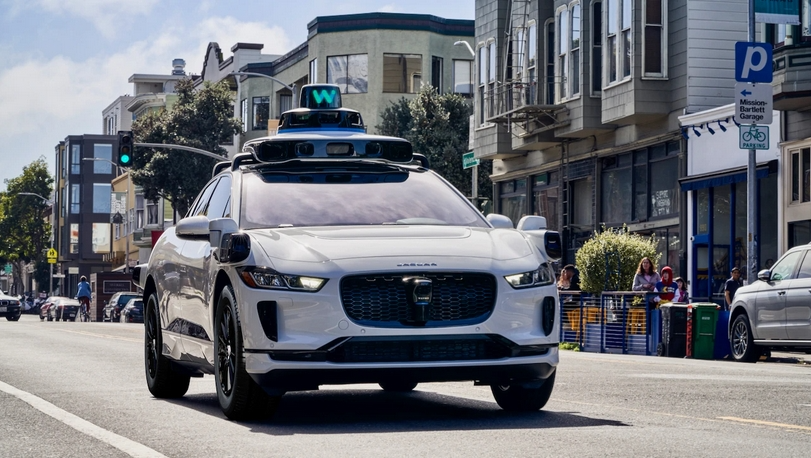
"Both pure vision and lidar ultimately aim to achieve safe and efficient intelligent driving. There is no essential difference; the main distinction lies in the vastly different requirements for underlying technological capabilities," Zhou Shiying, CEO of the Hongqi Jiuzhang Intelligent Platform at FAW R&D Headquarters, told Bangning Studio.
She believes that simply increasing the cost by adding lidar to reduce the difficulty of pure vision algorithms and shorten development time is more in line with China's intelligent driving industry logic of "short, flat, and fast" and "lane-changing overtakes". Pure vision requires more development costs and bears the risk of a long cycle, which can be considered a loss outweighing the gain.
The biggest difference with Tesla is that it is the first company to operate Robotaxis using mass-produced vehicles. This means that Tesla's Robotaxi fleet will number in the millions, dwarfing Waymo's fleet of 1,500 vehicles.
Yu Zhuoping also mentioned that Tesla is a leader in driverless technology and large AI model learning, which stems from its data volume far exceeding that of any other company. The model is built on a vast data foundation, leading to excellent technical performance.
Of course, Tesla has only opened a small window for Robotaxis, and there is still a distance to large-scale operations. An executive from an autonomous driving company told Bangning Studio, "Demo deliveries with cameras mounted on them are obviously different from deliveries for every vehicle in the future. If the capability were truly achievable, why not roll it out across the board? Why is a safety officer still needed in the passenger seat?"
Based on the current results, this executive believes that Tesla's level is where Waymo was three years ago.
"Once an accident occurs, the consequences may be severe and difficult to handle properly. This delivery is significant, but its quality still needs to be verified through actual operation. For example, only after running a certain mileage without issues can its reliability be further confirmed," said Yu Zhuoping.
In the view of the aforementioned executive, the level of driverless technology still needs to be tested on a large scale. If a vehicle fails once in 10,000 miles and once in 1 million miles, there is no difference. Only a fleet size of over 100 vehicles with a mileage of 10 million miles per year can serve as a mirror to reveal the true results.
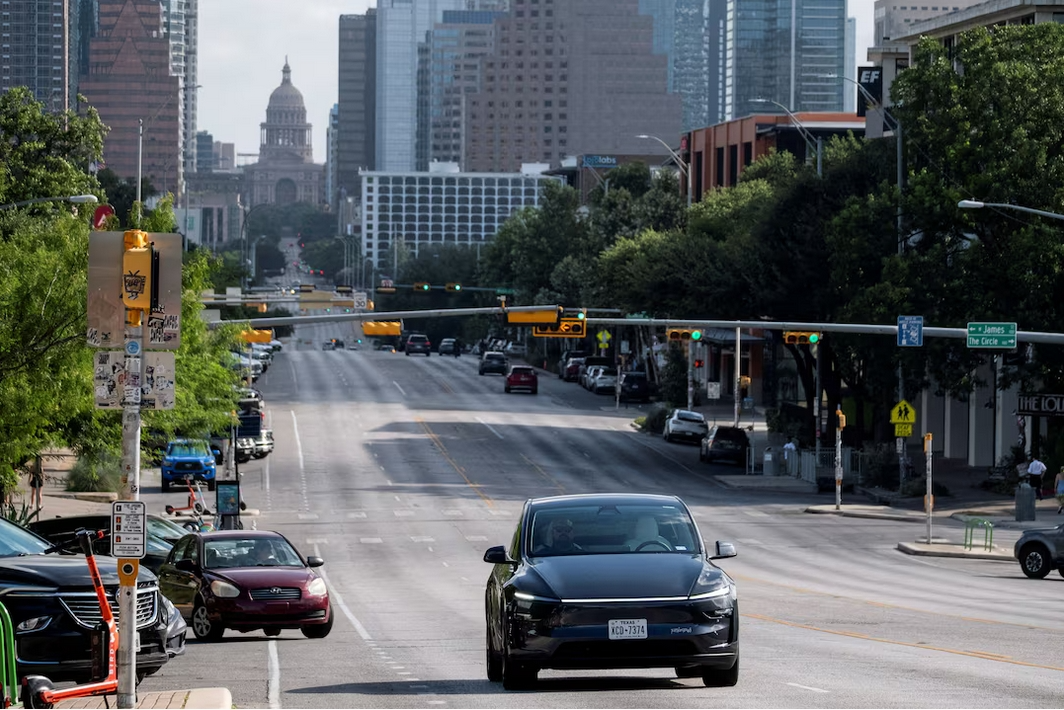
"This Is Just a Performance"
On June 28, six days after the launch of Robotaxi, Tesla achieved its first unmanned delivery. The vehicle drove directly from the Tesla Gigafactory near Austin to the customer's home, reaching a top speed of 116 km/h. This is another advancement by Tesla in autonomous driving.
This move received a thumbs-up from Lei Jun, the founder of Xiaomi Group. On the same day, two days after the launch of Xiaomi's YU7, Lei Jun retweeted a post by Tao Lin, Tesla's global vice president, saying, "Tesla is indeed remarkable, leading industry trends in many areas, especially FSD. We still have a lot to learn!"
But there are more skeptical voices.
Firstly, in Tesla's one-take delivery video, there were hardly any overly complex road conditions or scenarios, and the delivery route was considered a pre-designed special route.
Secondly, it remains questionable whether this delivery was a one-time performance or a mature technology that can be applied to large-scale deliveries.
In multiple European media reports, there is an expression of distrust towards Tesla's autonomous driving.
Stefan Bratzel, director of the Center for Automotive Management at Bergische University of Applied Sciences in Wuppertal, Germany, believes that once an accident occurs, Tesla's autonomous driving technology, which relies solely on cameras, will be the first to be questioned.
In his view, even if no accidents occur, initial driving errors indicate that Tesla is still two to three years behind in terms of "new ways of travel" and must adjust algorithmic errors, which takes time.
In China, most industry insiders share the same view. Taking Tesla's unmanned delivery as an example, the realization of unmanned driving offline and outbound within the factory has already been implemented by Ideal Auto last year.
Zhou Shiying mentioned that Tesla's unmanned delivery is truly driverless, but the prerequisite is in North America. If it were in China, it might not be achievable due to the complexity of Chinese traffic scenarios, which pose extremely high challenges for pure driverless driving. Currently, domestic capabilities for driverless driving within limited areas (with remote monitoring) are achieved through a combination of single-vehicle intelligence, vehicle-road-cloud, and remote control solutions. However, driverless driving from any point to any point on open roads is not yet feasible.
"This is just a performance," Zhu Xichan bluntly stated. "If domestic automakers are willing to perform, and under conditions permitted by policy, they can also reach this level of unmanned delivery."
In his view, the pure vision approach without maps cannot achieve L5. "Tesla's story is told to Wall Street, a 'rabbit' conjured up by Musk like magic." After the launch of Robotaxi, Tesla's market value increased by $85.355 billion overnight, equivalent to RMB 611.6 billion.
Clearly, Wall Street still eats up Musk's act.
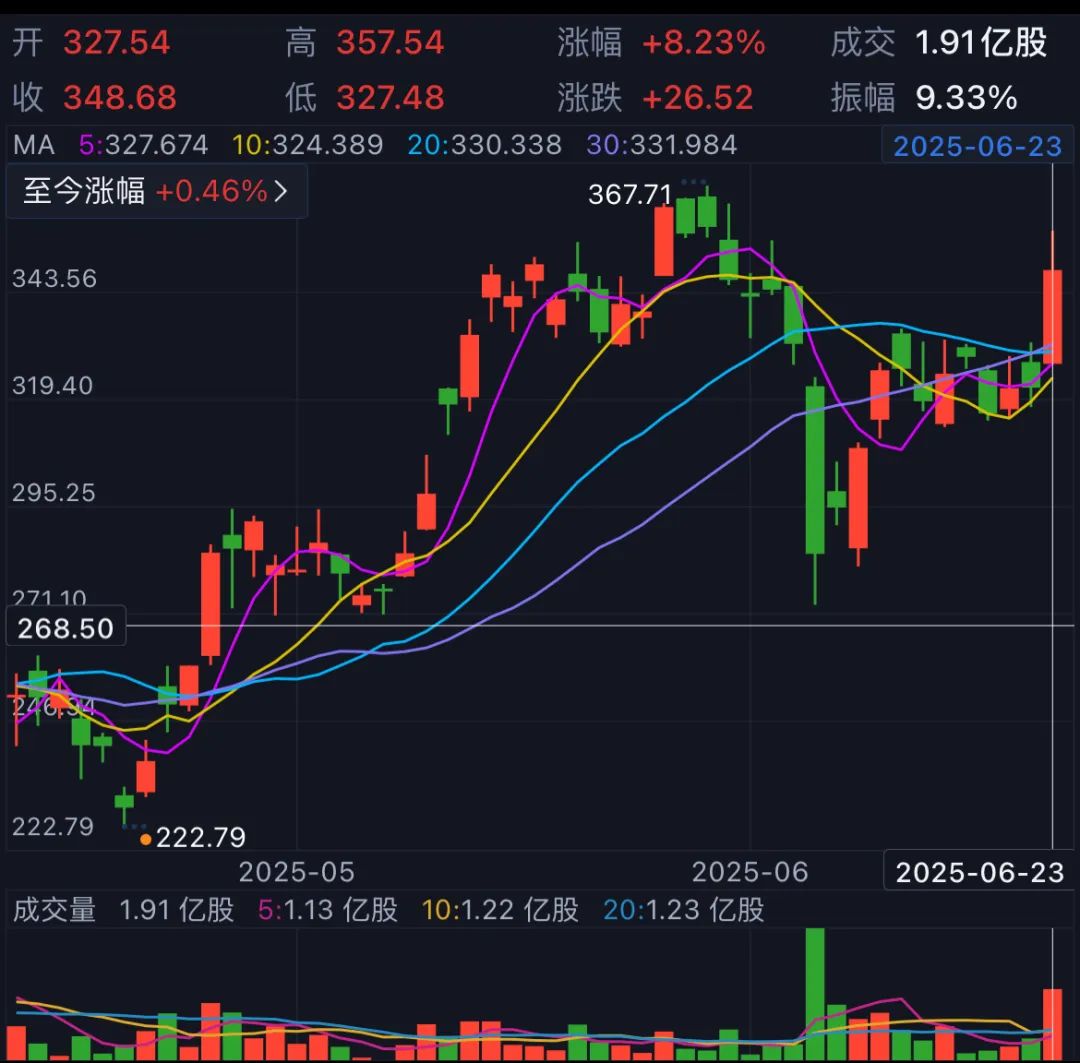
On June 23, UBS Group released a report stating that the Robotaxi sector holds a value of up to $350 billion. It predicts that by 2040, Tesla's Robotaxi fleet will reach 2.3 million vehicles, with total revenue reaching $203 billion, and the Robotaxi business will generate over $86 billion in net operating profit.
The hundreds of billions of dollars in figures are exciting for investors, but the long return cycle may be the poison in the honey. The commercialization of Robotaxis is a long road in itself, and is Tesla destined to be the first to cross the finish line?
"The era of driverless vehicles will definitely arrive, but not now. At present, neither Tesla nor Waymo has successfully commercialized driverless vehicles," said Zhu Xichan.
When asked by Bangning Studio when this day would come, he said, "It's hard to tell, maybe five years later."
(Zhen Yao also contributed to this article. Some content is based on reports from Automotive News, InsideEVs, Engadget, and CNBC, and some images are from the internet)

